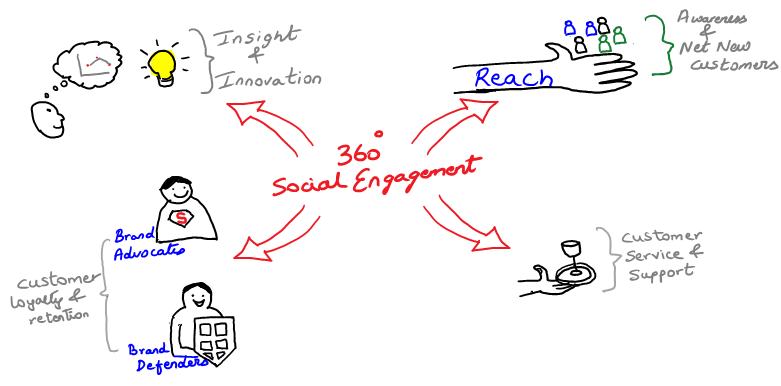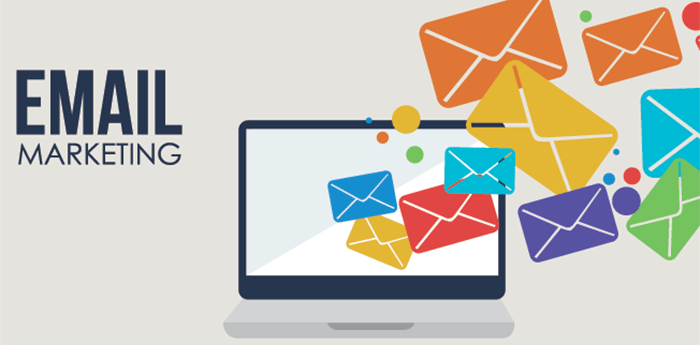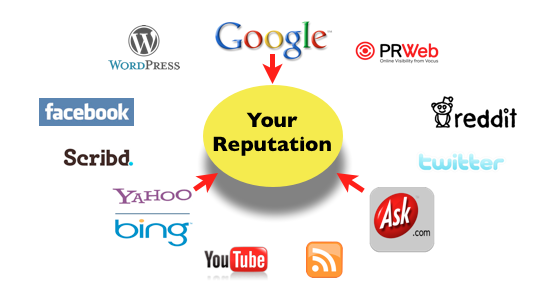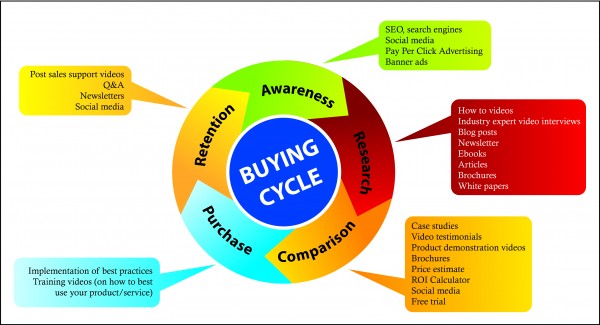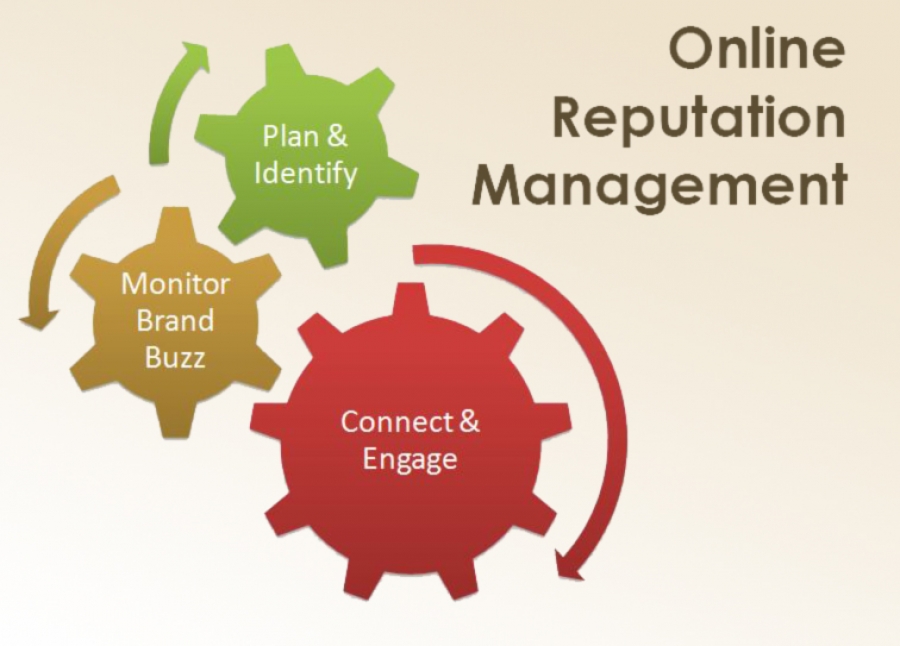3 Reasons Why Authenticity is the Core of Social Engagement
Authenticity is the principle against which brands are now judged. This is undoubtedly a bold statement, but one that is very hard to argue with.
You might believe that by its very nature, online marketing isn’t authentic, but in this day and age, when everybody is more connected than ever, people crave genuine experiences. What customers really want isn’t just a good product or service, but honest interactions and great experiences.
8 Things to Consider before Purchasing a Marketing Automation Tool
It’s utterly frustrating to buy something and realize that there were more things you wish you knew before making the purchase. Maybe you wish you knew that you will change jobs before renting an apartment close to your old workplace.
Unfortunately, this can also happen when you decide to purchase a marketing automation tool. You buy what you believe is the perfect software only to realize that it doesn’t help you meet your goals or that your team isn’t ready for it.
Smooth Responses to 3 of the Most Common Online Reviews
Like it or not, online reputation can have a huge impact on business and sales. According to a study by Bright Local, 88% of customers read comments and online reviews to find out if a local business is trustworthy.
No matter the size of your business, people are talking about you. They are leaving comments on your blog, tweeting about your products or posting a Facebook update about their interaction with your brand. Having a good reputation strategy and a proactive approach is vital to any business success.
4 Types of Trust Signals You Should Use Today
If you don’t trust someone, would you be likely to do business with them?
Of course not. This is why a small business needs to establish itself as a legitimate company, delivering on the promises made to its customers.
Trust signals play a key role in the lead generation landscape and, as strong evidence suggests, these subliminal cues have the power to improve the initial value judgment of your website.
8 Psychology Hacks to Improve Your Social Engagement
Social media is simple. You craft your posts, share them with your followers and people will flock to your page eager to engage, right? That is the fantasy of every small business owner before getting started.
Their excitement drops when they aren’t seeing the results they were hoping for despite their constant updates. Most of them will give up social media entirely, missing out on a huge audience (there are over 2 billion social media accounts).
Bad Reputation Survival Guide: 8 Ways to Overcome Adversity
It almost always catches small-business owners by surprise. Sometimes we get the inkling that something was off about a transaction, or we’re aware when we can’t manage to satisfy a difficult customer, but rarely do we expect the fallout. Damaging remarks may appear on a social media page, a blog comment, or a review website, and we’re instantly thrown into DEFCON 2. What’s a person to do when his reputation is at stake? Use these eight psychology-backed methods to overcome the emergency.
How to Fix it When Good Email Campaigns Go Bad
Automation tools, like Constant Contact or Mail Chimp, make reaching an audience incredibly easy. Today, there are probably hundreds of companies that will help your small business manage email lists, nurture leads effectively, and piece together compelling and relevant messages with ease. No matter which solution you choose though, human error can still cause issues. Whether you’ve sent the wrong message to a specific list, or sent off inaccurate info, these methods provide instant damage control.
10 Ways You Could Be Unknowingly Damaging Your Online Reputation
Can you imagine a cigarette-maker not only openly acknowledging that their product is deadly, but also publishing a scientific study that shows the deaths provide economic benefit to the nation in which the decedents lived? When the Czech Republic decided to raise awareness about how much money the country was spending on health care for smokers, that’s exactly how Philip Morris responded.
No kidding! The tobacco giant tabulated costs associated with things like caring for people who became ill as a result of smoking or of secondhand smoke, and then determined cigarette-related deaths were saving the country almost $150 million.
How to Use the Buying Cycle to Improve Automated Campaign Results
Not every customer is ready to take action the moment he or she stumbles upon your content or website. There’s usually a process, called the buying cycle, that people follow as they become ready to purchase something. Although some systems reduce the concept to just three stages, and others increase it to seven, we’re going to examine the most-common buying cycle, which contains five stages of purchasing readiness. At each stage in the sequence, there are certain things you can do as a small-business owner to harness the power of the cycle, and carry your customer to the next level. When you utilize automation tools (like Constant Contact or Customer.io for emails, SocialOomph or Buffer for social media) to do this, your customers flow into the sales funnel with minimal effort, though you do have to take care to choose your methods wisely from the start.
DIY Online Reputation Fix Using One Simple No-Cost Trick
At some point, everyone has a bad comment written about them or has an image surface that may be less than flattering. Considering that 61% of people do research online before they make a purchase, there’s a good chance your customers are seeing the postings that paint you in a poor light, or maybe even a photo from college that doesn’t reflect the professional you’ve become. These kinds of things can kill the reputation of a small business, and cost you sales. Thankfully, there’s a way to reduce the impact they have on your business, and it’s free.





